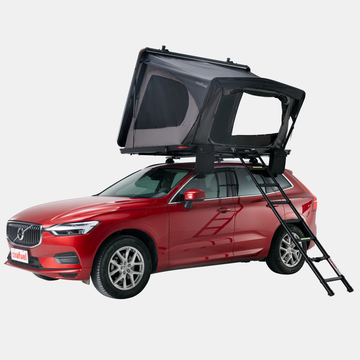
For those who love the outdoors, for short distances, you may choose to climb or hike. But for longer distances, more people may choose to go camping. So how do we choose a suitable campsite when we go into nature?
Three cores.
The three most important cores in choosing a camp are safety, comfort and as little damage to the environment as possible.
First of all, safety is the focus of everything when doing outdoor activities. Stay away from danger zones and wildlife.
Secondly, full consideration of camp sleeping comfort and convenience of living functions.
Finally, have a reverence for nature. Try not to damage the ecosystem and take the rubbish you made when you leave.
Things to consider when choosing a campsite.
During the campsite selection process, the following points are important to consider:
- The season and the weather.
- Number of participants and whether they have ever been on a camping trip before.
- Campsite surroundings and amenities.
- The purpose of camping.
Four principles of camp selection.
- keep away from danger.
Overhanging cliffs: choosing a campsite at the bottom of a cliff may result in accidents due to falling rocks and other objects in the event of high winds on the mountain.
Top of a hill or directly under a large tree: in the rainy season or in areas with a lot of lightning, it is easy to get struck by lightning.
Watering hole for animals: avoiding Animal Nuisances and Injuries.
Riverside: easier to be reached by hazards in case of sudden flooding. When camping on riverbanks, watch for signs of tidal scour and note the time of high tide.
- Level ground.
Ideally the campsite floor should be flat and dry. Objects with thorns and sharp objects can easily cut the tent. Clay and mud also can stick to your feet when it rains and gets wet.
If you are camping in the dark and humid environment of the virgin forest, you can collect dry leaves, hay and so on to spread under the tent according to the local conditions.
- Leeward and backlight.
In valleys and riverbanks, you should choose a place to camp with the wind at your back.
Camping in cold conditions will feel warmer if the tent sliding door is facing not into the wind but with the wind at your back.
Choose the location to avoid the east sunshine, then sleep in the morning can avoid the hot sun directly.
- Others
Transport: Easy access and a nearby village is preferable. If there is an accident, it is easy to move the camp and call for help.
Facilities: toilets, barbecue, tables and chairs available.
Water: Adequate drinking water is available.






